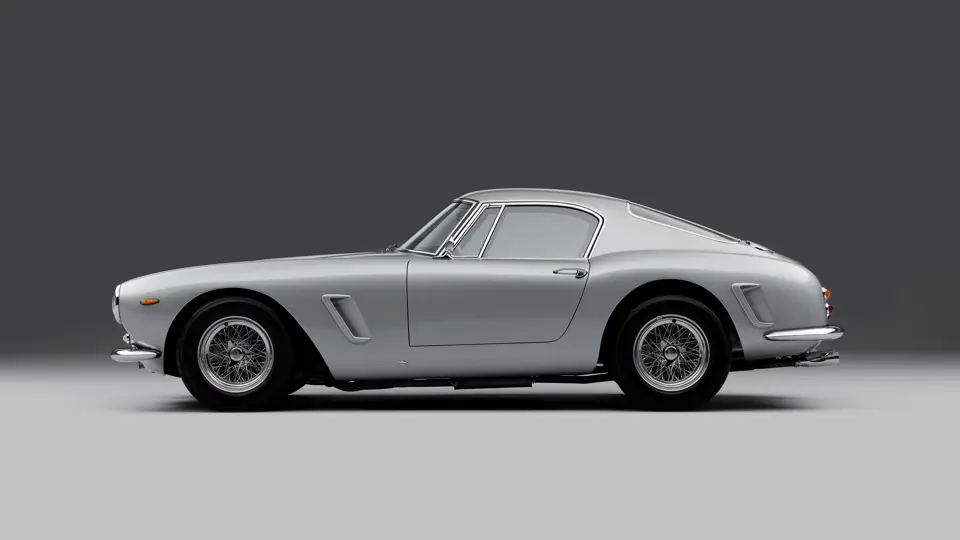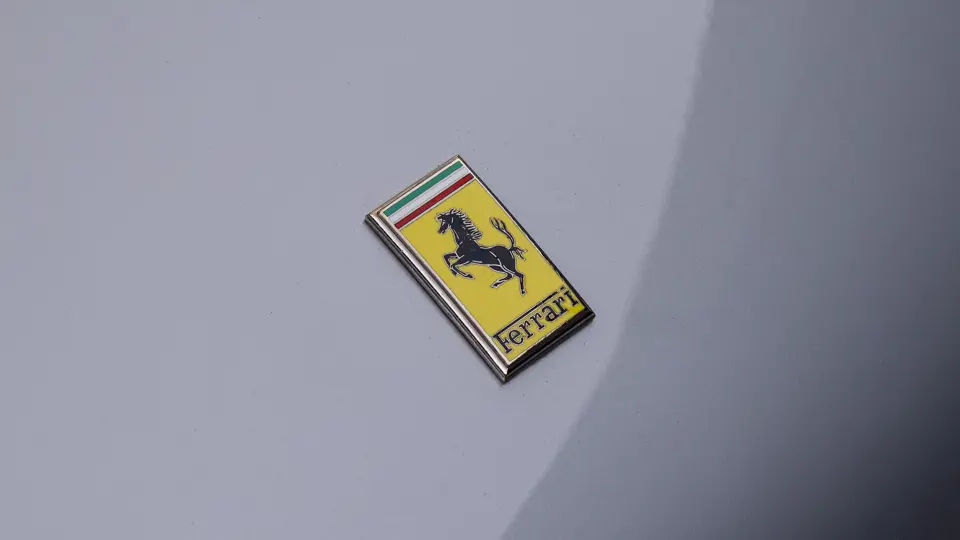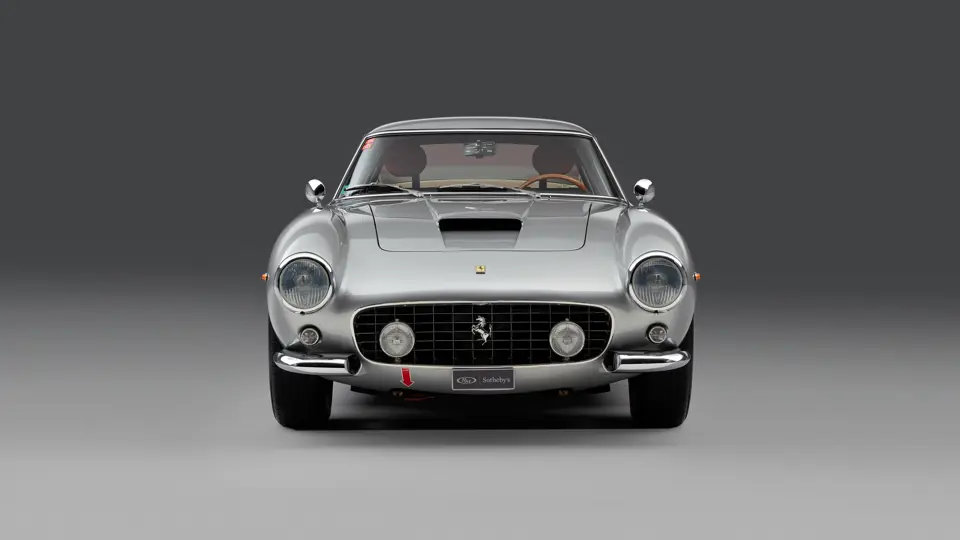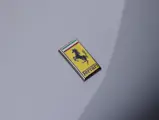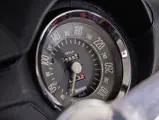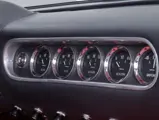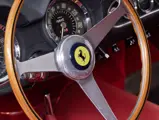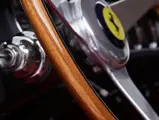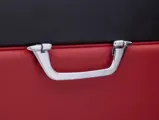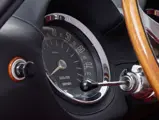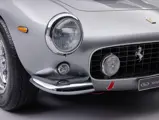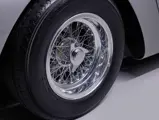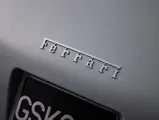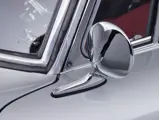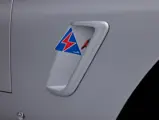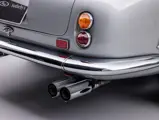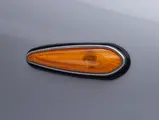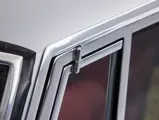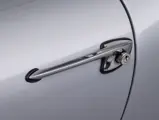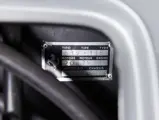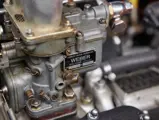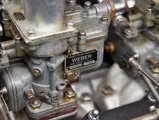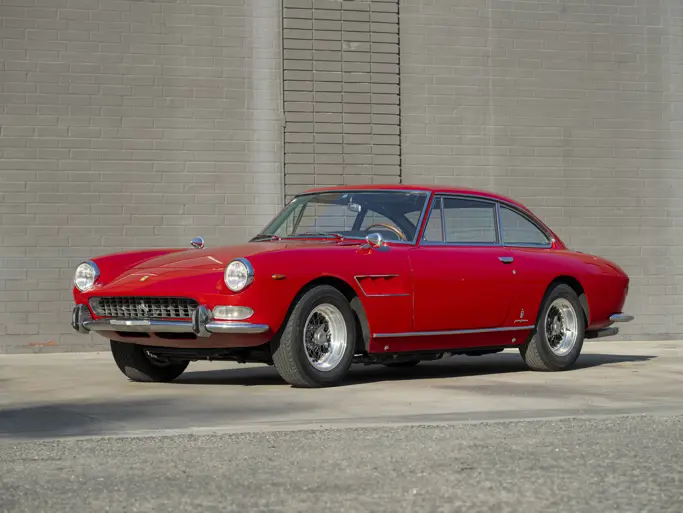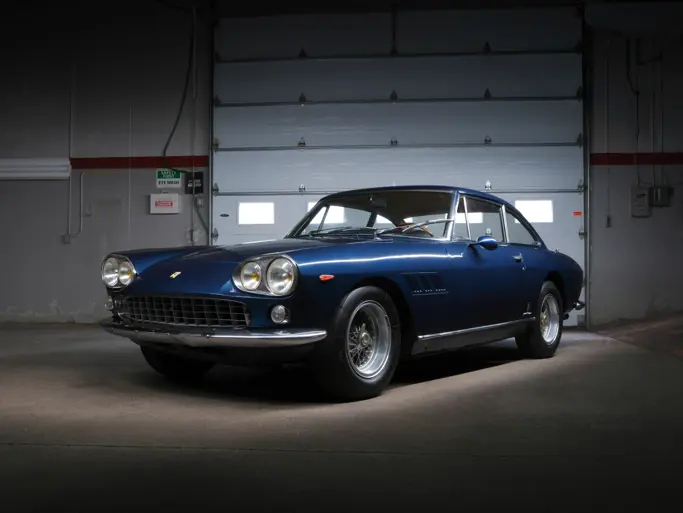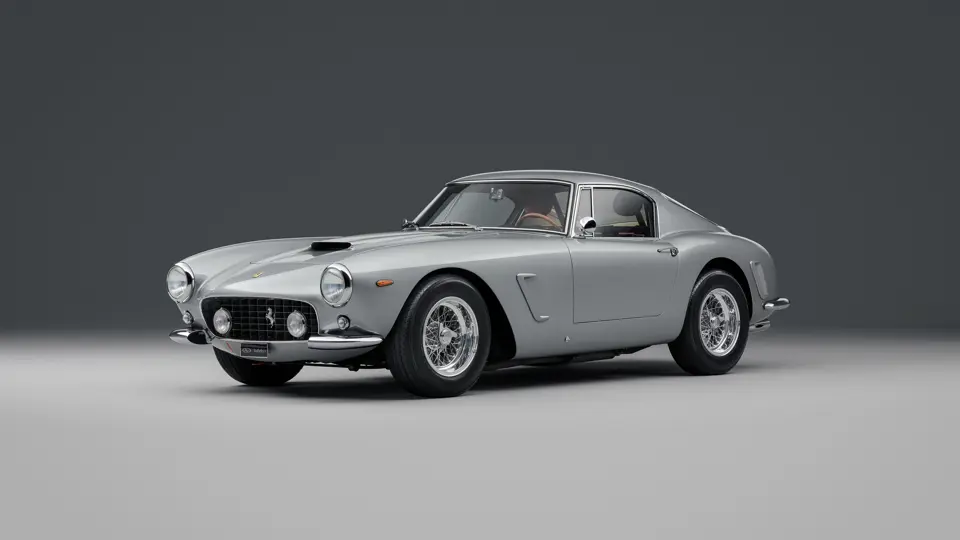
1960 Ferrari 250 GT SWB Berlinetta by Scaglietti
{{lr.item.text}}
£5,000,000 - £6,000,000 GBP | Not Sold
{{bidding.lot.reserveStatusFormatted}}
- The 34th of 165 examples built of the legendary Ferrari 250 GT SWB Berlinetta
- Subject to a full restoration by Carrozzeria Autosport in 2009
- Certified by Ferrari Classiche in 2013; retains its matching-numbers chassis and engine
- Documented ownership by marque historian Marcel Massini; former owners include respected car collector Rob Lamplough
- Accompanied by a copy of the original factory build sheet, history file, and “Red Book”
- Early example of one of the most-celebrated Maranello creations
The essence of the Ferrari 250 GT SWB Berlinetta was a road car that could also hold its own against the best of the contemporary racecar counterparts of the era. Following on from the 250 GT Berlinetta ‘Tour de France’, which won the race after which it was named back-to-back in 1957 and 1958, came the more agile, more efficient passo corto. It featured a shorter wheelbase at 2,400 millimetres, housed a lighter chassis, and the shape was more aerodynamic than its already-successful predecessor.
Beneath the gorgeous Scaglietti-constructed bodywork lay a 3-litre example of the revered Colombo V-12. In standard specification, the motor delivered up to 240 brake horsepower via a four-speed manual gearbox. To slow it all down, for the first time in Ferrari history, a model was fitted with disc brakes as standard.
Unveiled at the 1959 Paris Salon, the 250 GT SWB could be ordered by customers in either a road-biased specification, or in “Competizione” trim. The latter arrived with alloy bodywork, and a “B” variant of the Tipo 168 engine, which was equipped with more aggressive Weber carburettors, and revised camshaft profiles.
A contingent of these SWBs would soon travel to lockout the top four positions in the Grand Touring 3-litre class in the 1960 edition of the Le Mans 24 Hours. For the next running of the celebrated enduro, an SWB finished a remarkable 3rd overall. Arguably, the model’s finest performance on track came in the 1960 Tourist Trophy bout at the Goodwood Motor Circuit. Aboard a privateer machine entered by Rob Walker, driver Sir Stirling Moss romped to an utterly dominant victory all while listening to the circuit commentary via the car’s radio. The Briton raced SWBs a total of eight times, remarkably winning on seven occasions. For good measure, the car returned to the Tour de France road race to earn three further triumphs.
According to the research of marque historian Marcel Massini, chassis 2067 GT is the 34th 250 SWB completed out of a run of 165 cars produced between 1959 and 1962. This left-hand-drive example was ordered with a steel body and with Borletti instruments showing in kilometres. The V-12 engine and gearbox were completed on 9 August 1960, and overall construction finished two days later, when the Certificate of Origin was issued.
This car, originally finished in Grigio over a Nero Connolly leather interior, as per a copy of the factory build sheet, was first registered in Milan. It was sold new from the Ferrari factory to Mr Franco Caimi for the princely sum of 5,500,000 Italian lire. This 250 SWB remained with its first keeper until the end of 1967, whereupon it was sold locally to Mr Gastone Crepaldi, owner of the city’s official Ferrari dealership. During his custodianship, chassis 2067 GT was rebodied by Modena-based Carrozzeria Sports Cars, which was co-founded by racing driver Piero Drogo, who finished 8th in the 1960 Italian Grand Prix. In keeping with changing styles, the car was clothed in much more angular, wedge-shaped bodywork.
The fresh suit won over a new French keeper, who purchased chassis 2067 GT in June 1969. The following year brought another owner before the car changed hands again in 1972. Come 1974, heir to a global alcohol distributor, François de Gunzburg—from a family of Russian bankers, he would later co-invest in property with his friend, the Fiat and Ferrari chief Gianni Agnelli—buys the car for his wife, Mercedes de Gunzburg. Four years later, she would sell the 250 SWB to Parisian car dealer Patrice d'Ibarolla.
Then, this example was sold to UK-based racer and collector Rob Lamplough in mid-1978. He commissioned the car to be rebodied again, with the 250 SWB returning to Modena for Carrozzeria Allegretti to dress it as a 250 GTO. It was then ready for competition. Notably, ex-sportscar and European Formula 5000 racer Mr Lamplough entered the car at the Silverstone Historic Festival race meeting in 1992. Awarded FIA historic race papers, true to the original brief for 250 SWBs, this car has also contested numerous road rallies, and has fittingly taken part in the famed Tour Auto—the continuation event inspired by the original Tour de France.
Later in 1992, the car was sold to another English owner, who commissioned chassis 2067 GT to be fully restored and redressed once again as a 250 SWB, albeit this time featuring an alloy body that was painted in gun metal grey and featured a blue stripe. The car was entered in further motorsport events, before being sold in 1997 to an attorney in Washington, DC. A Belgian owner then finally had the car returned to its factory steel body specification in 2009, the complete and extensively photographed restoration carried out by Carrozzeria Autosport of Bachelli & Villa in Bastiglia, near Modena.
Accordingly, this car was then certified with coveted “Red Book” status by Ferrari Classiche in 2013. After a stint with a French owner, chassis 2067 GT was sold to UK-based classic Ferrari dealer Talacrest. Then, in 2014, the car was purchased by its consigning owner. Under their ownership, the seats were retrimmed in late-2013 to the current reddish hue, plus racing harnesses installed by GTO Engineering for a total of £9,814. The marque specialist also completed a thorough service in the summer of 2020 at a cost of £6,202, before repairing the original fuel tank earlier this year.
Documented with a Massini history report that records a direct chain of ownership over its rich 64-year life, this short-wheelbase 250 GT is further accompanied by a copy of its original factory build sheet and coveted “Red Book”. As an example of one of Ferrari’s most famous designs, this car is ready to be enjoyed as part of a collection, on show at marque events, or entered into its latest competitive outings.




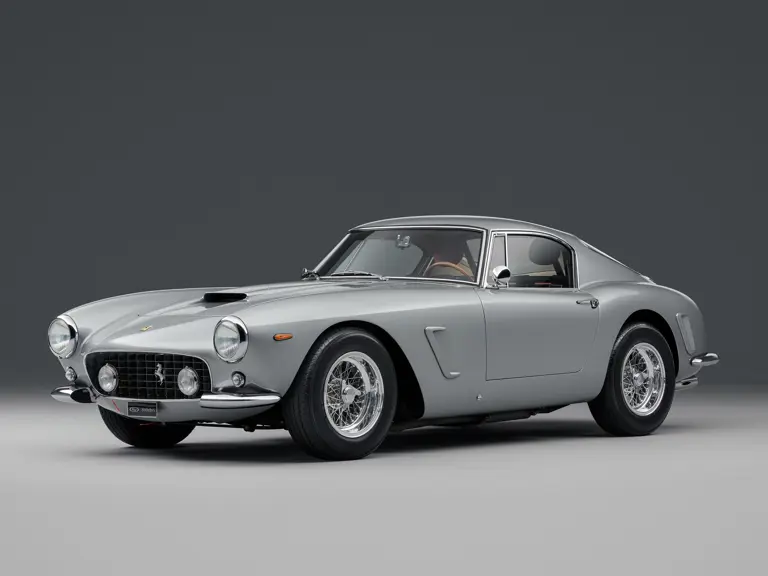
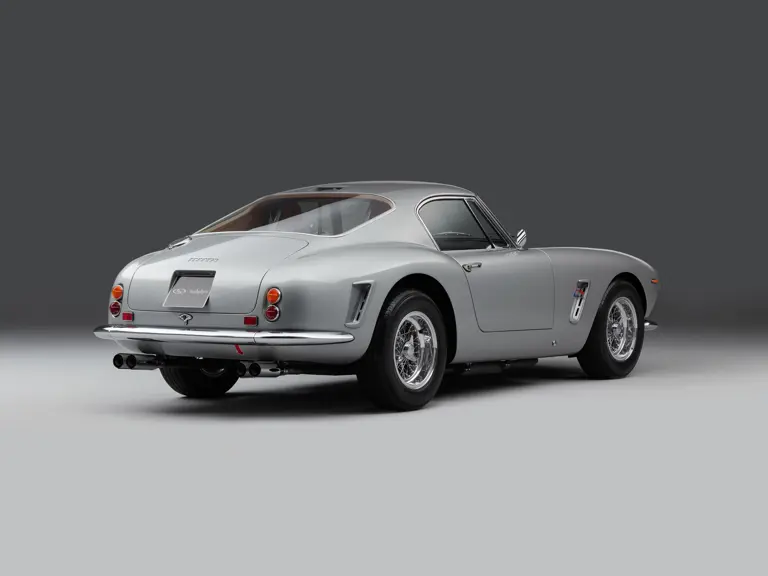
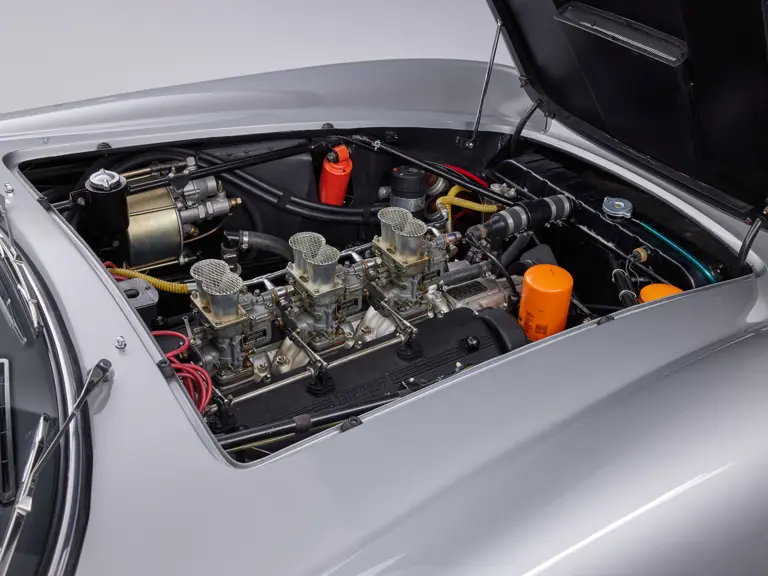

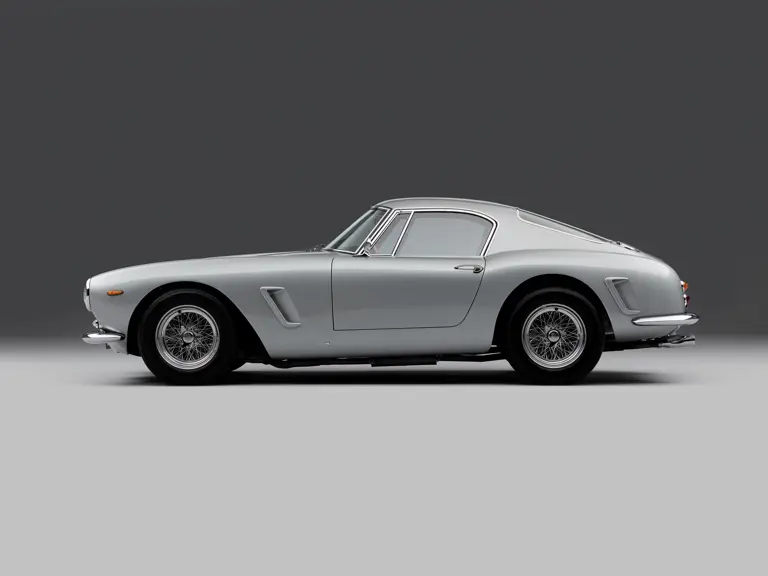
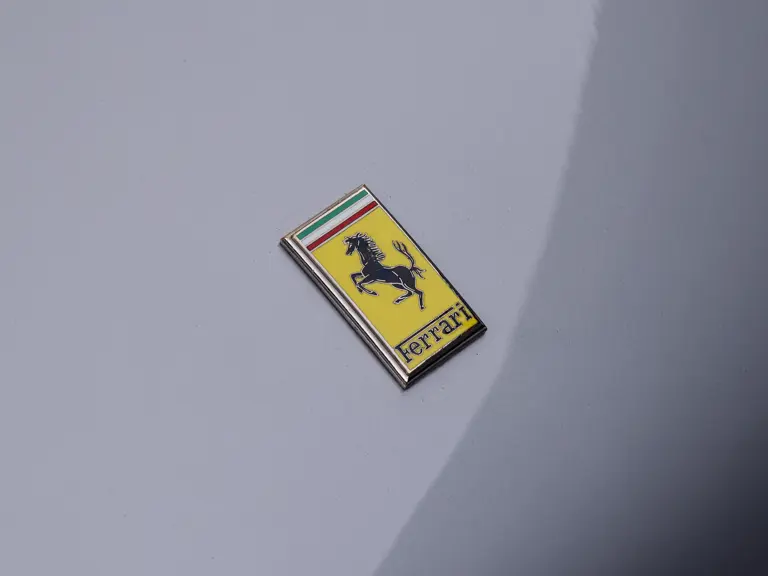
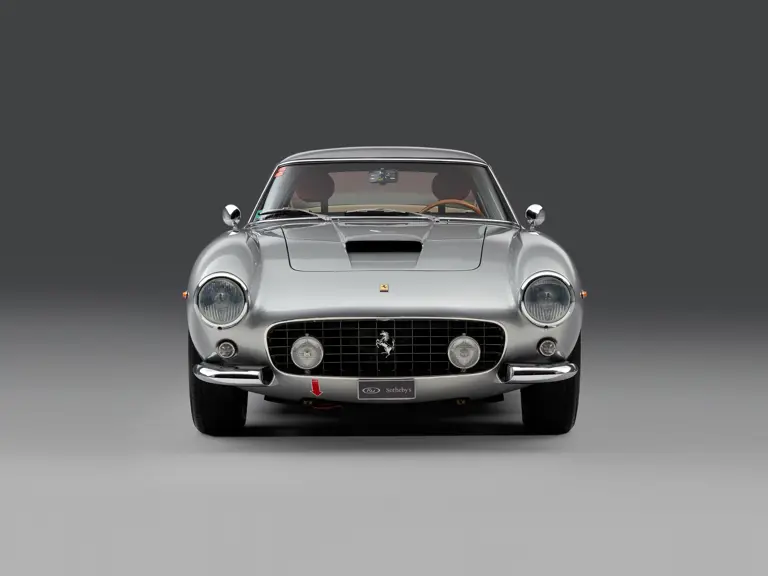
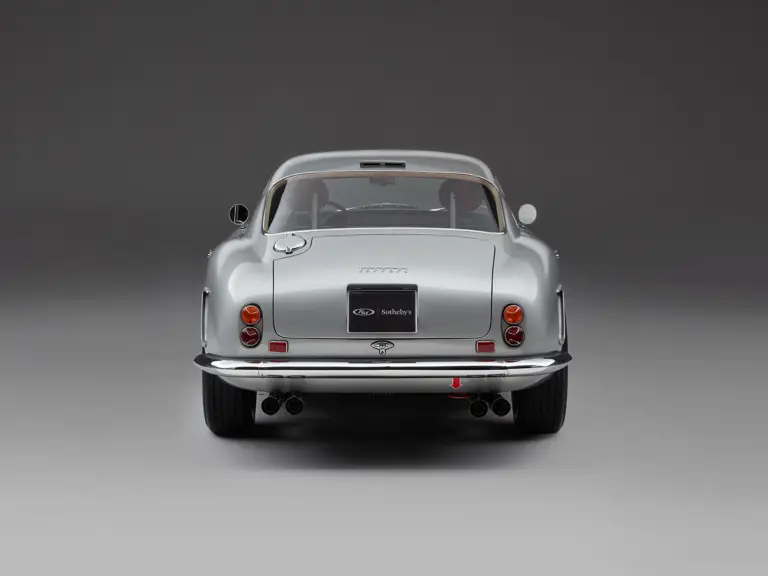
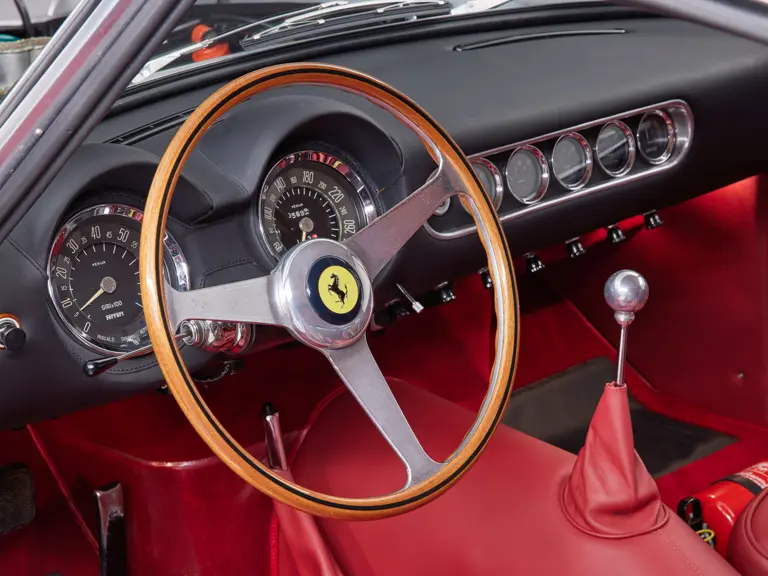
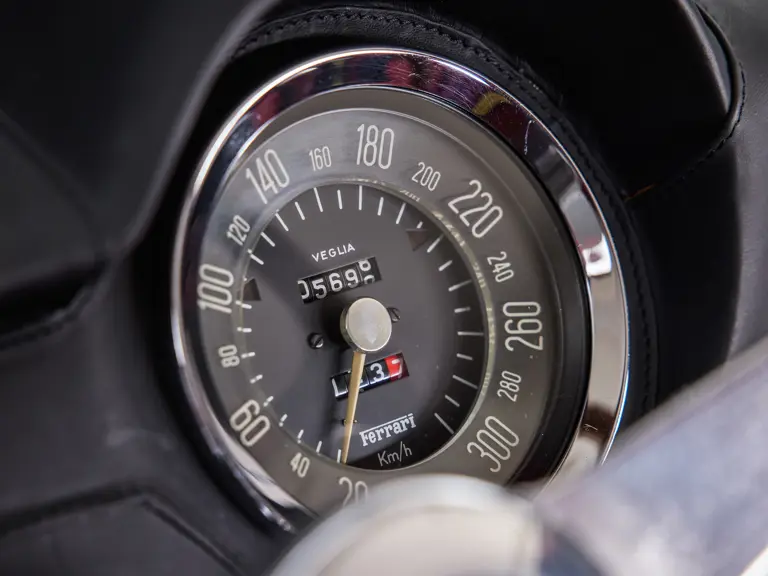
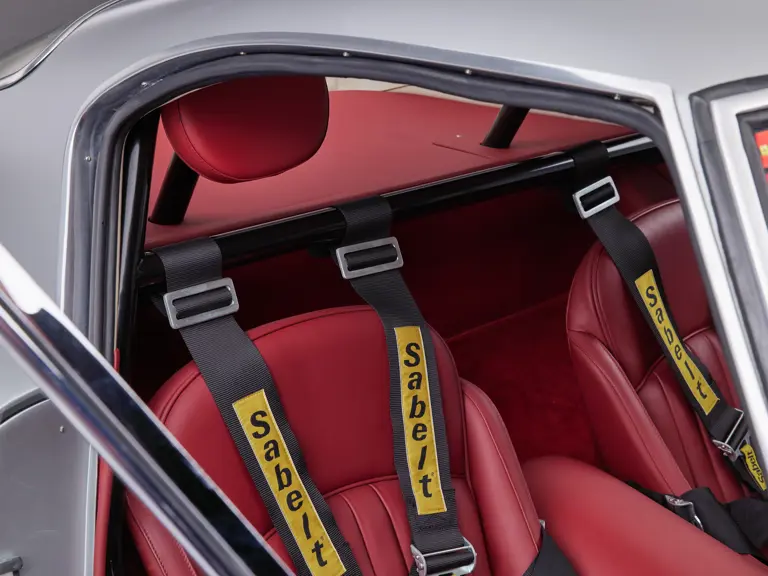
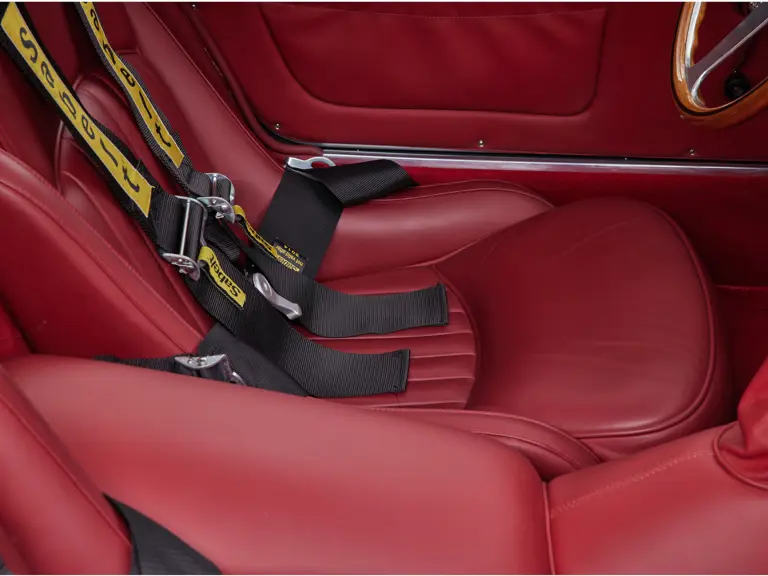
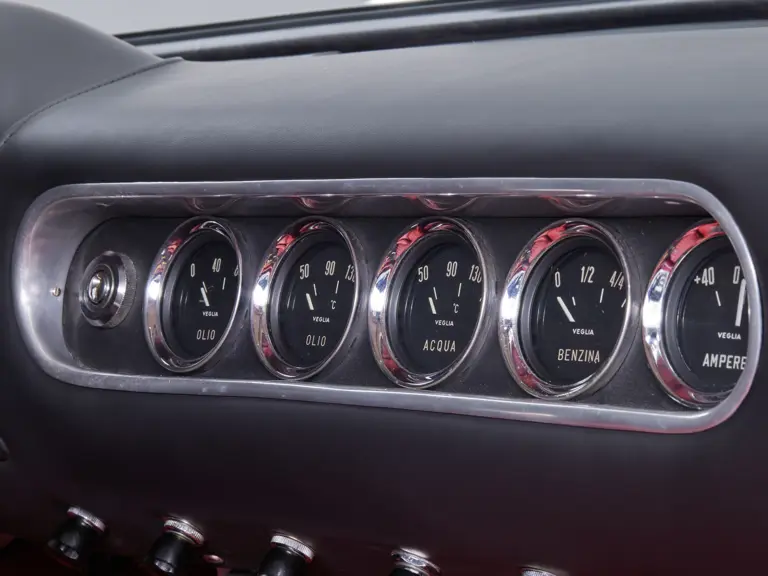
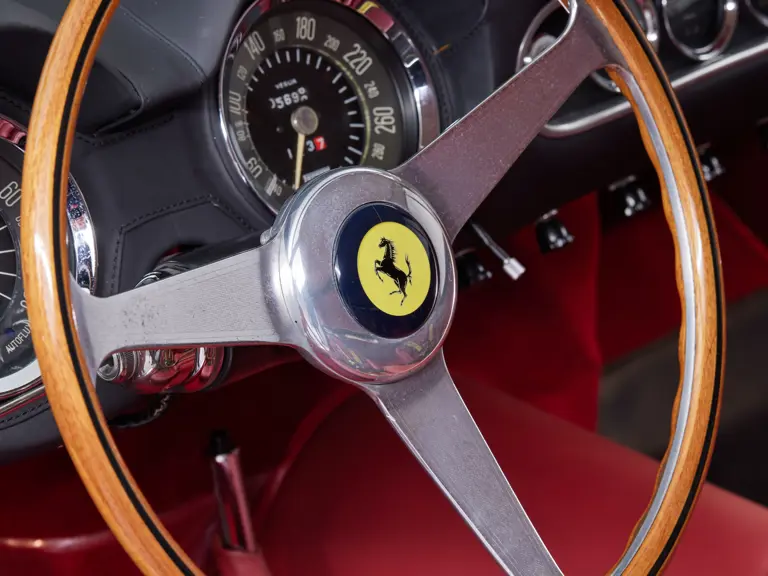

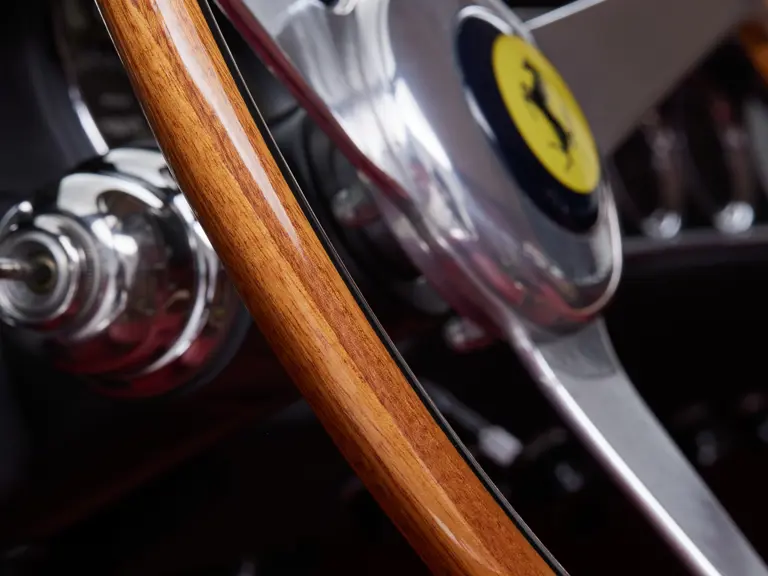

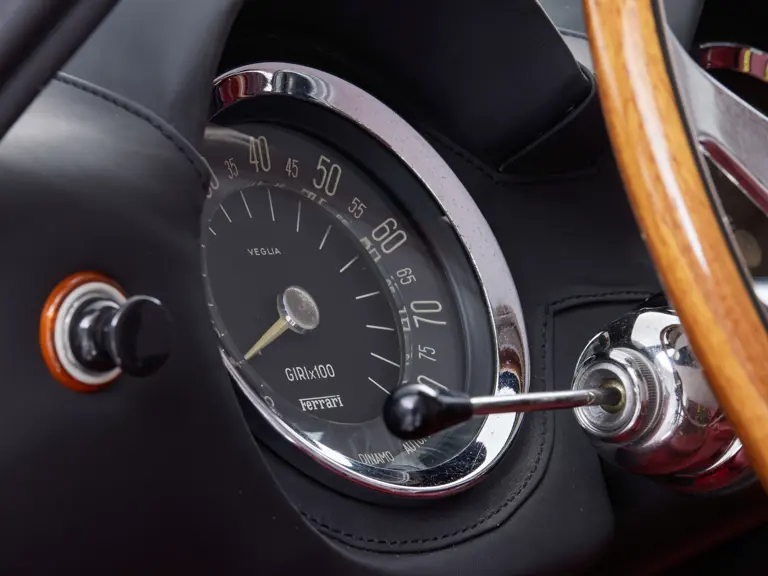
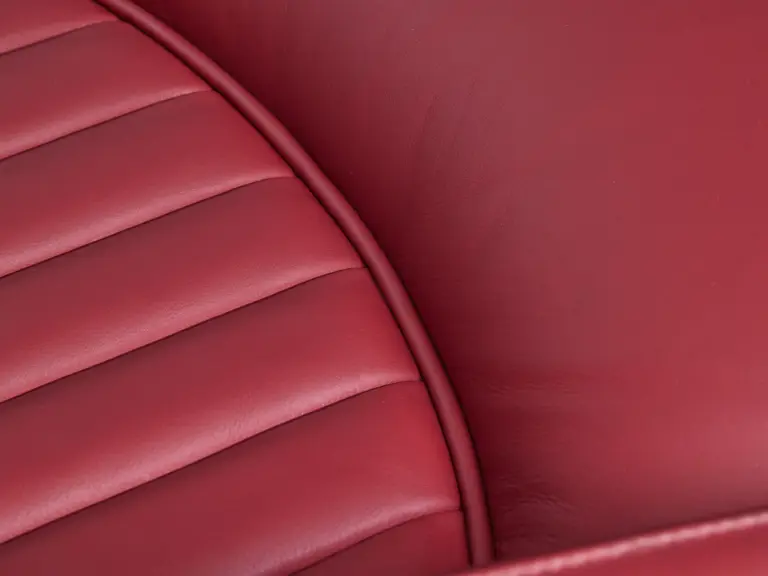
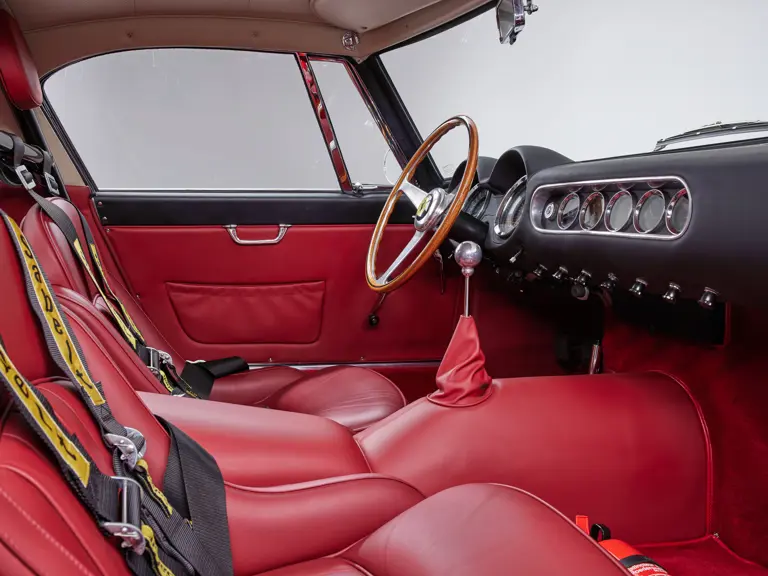
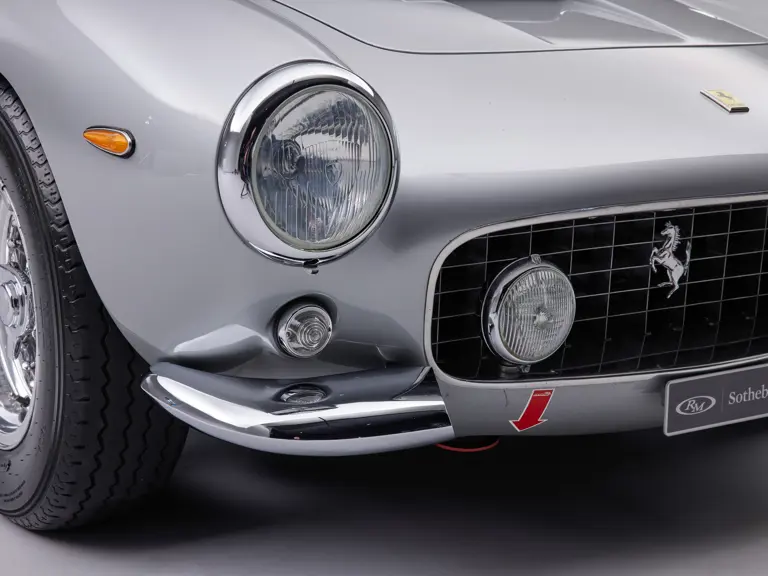
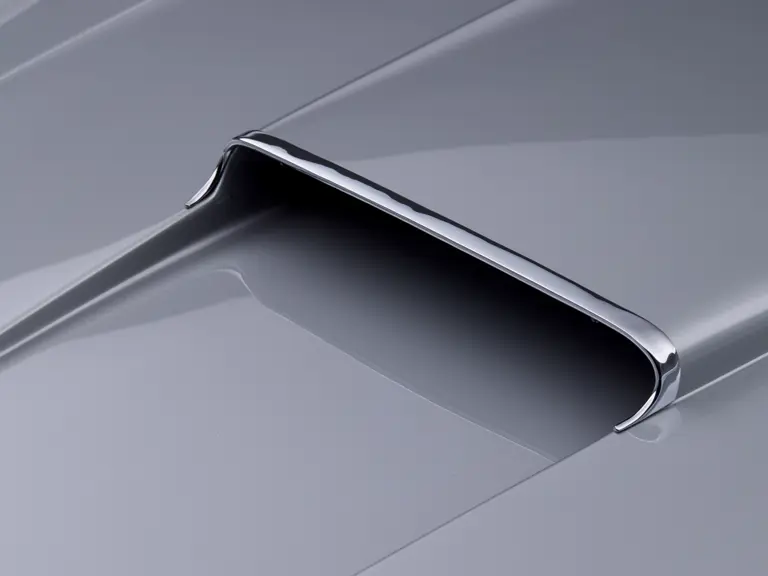
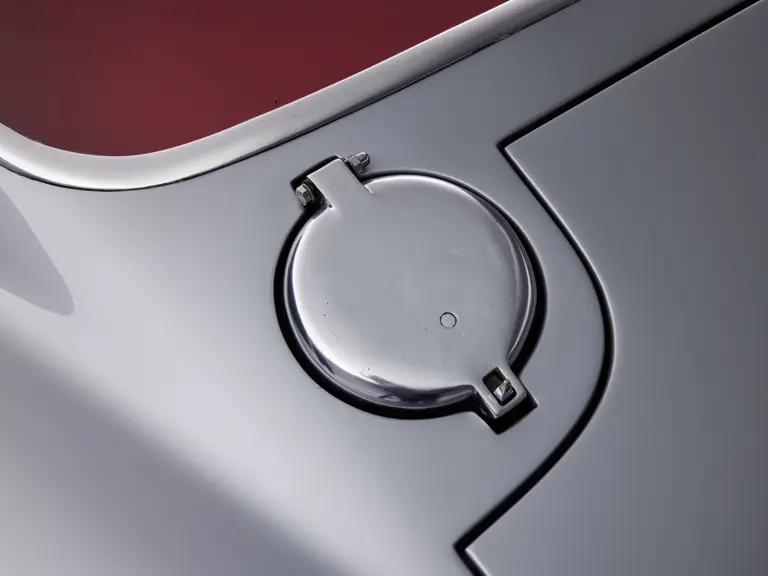

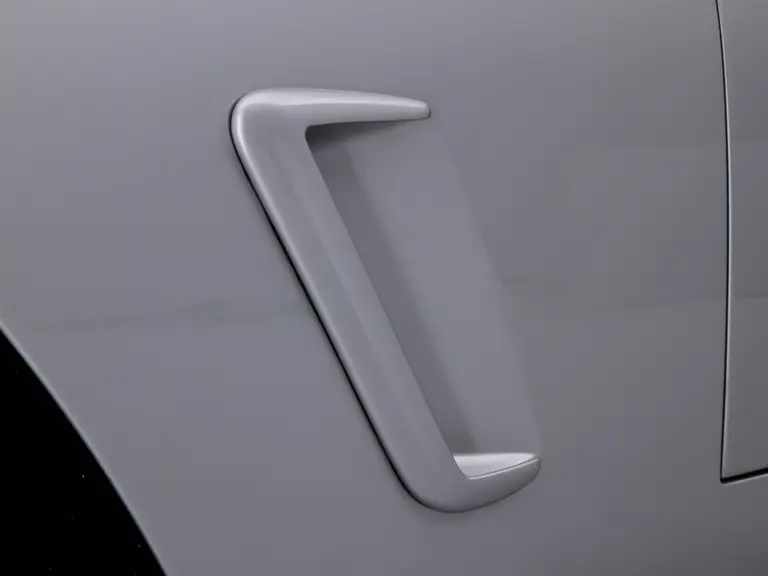

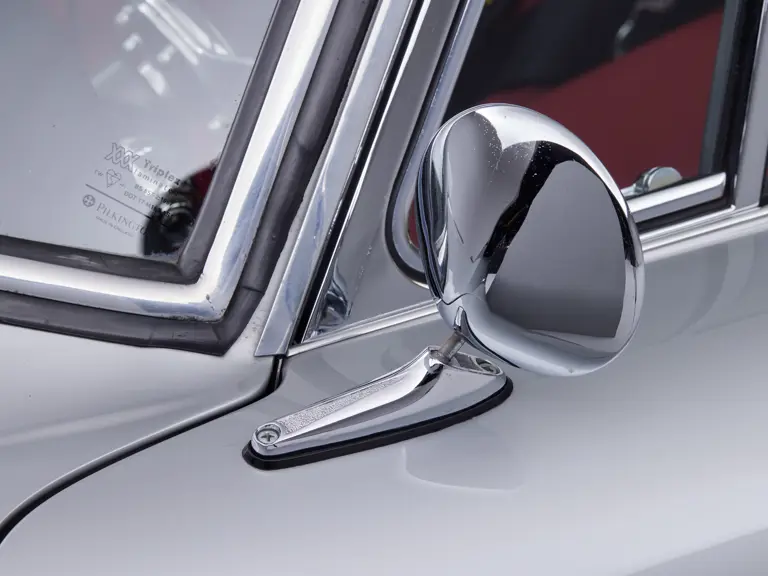


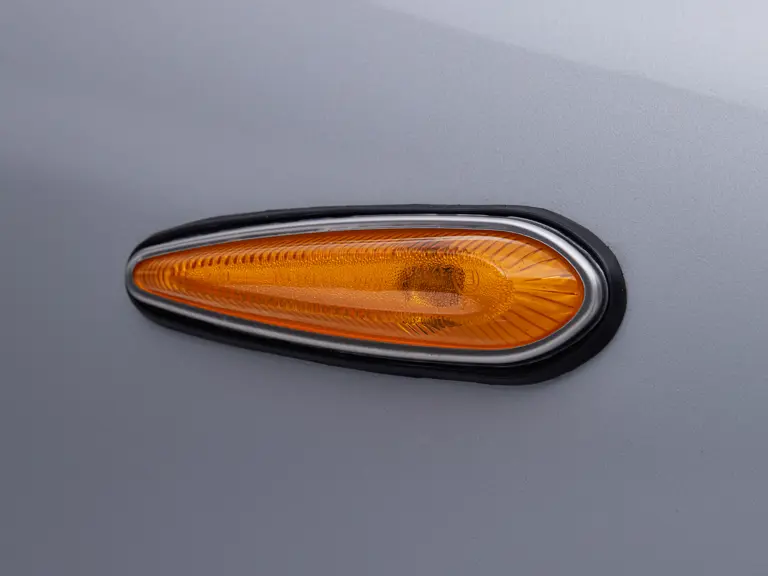
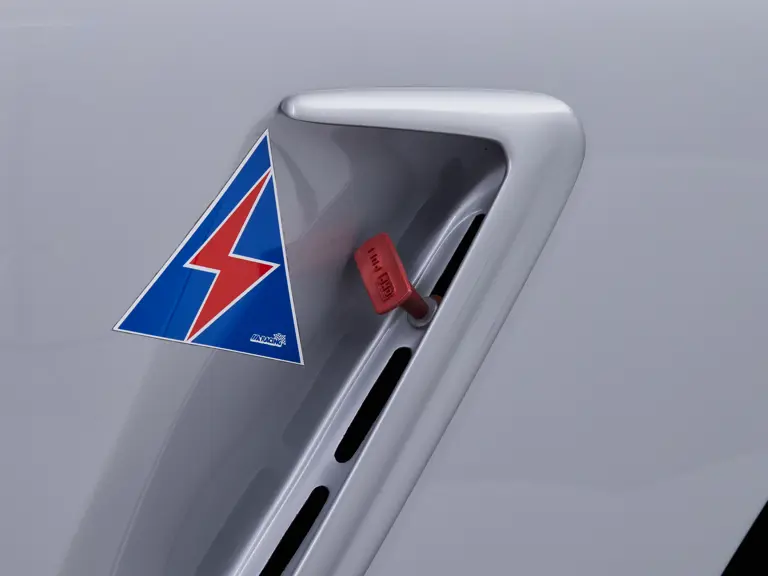
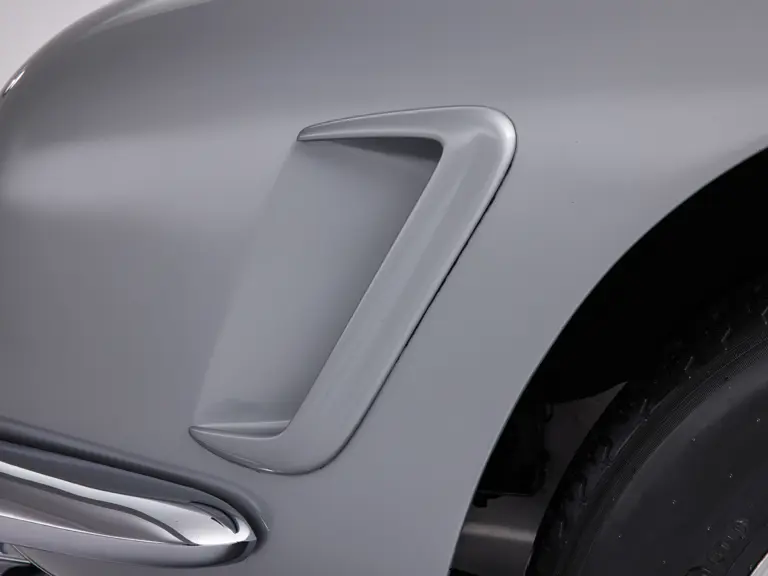
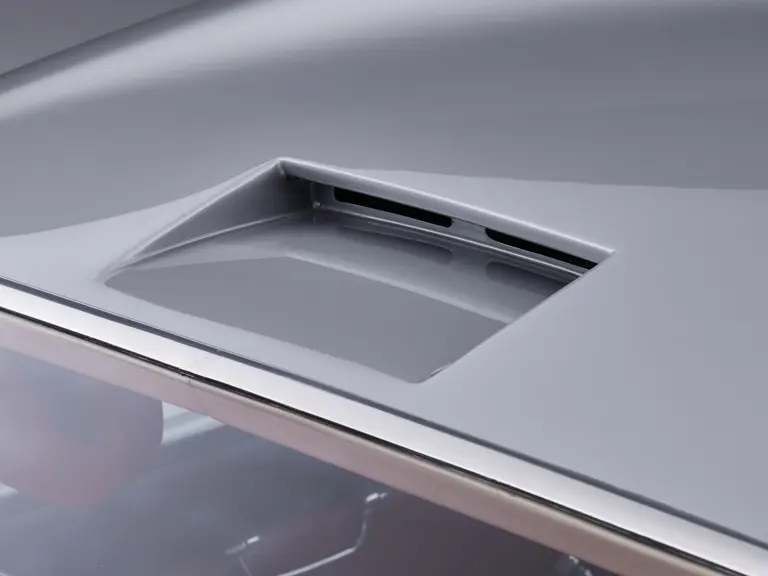
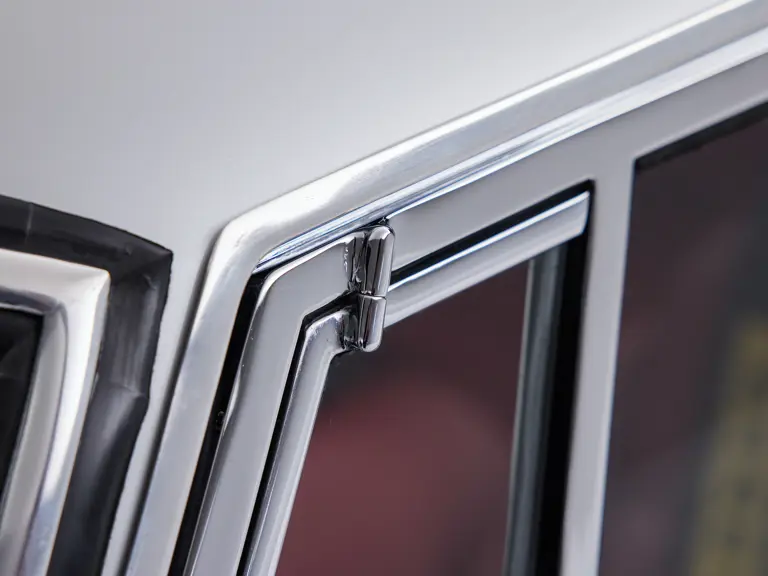
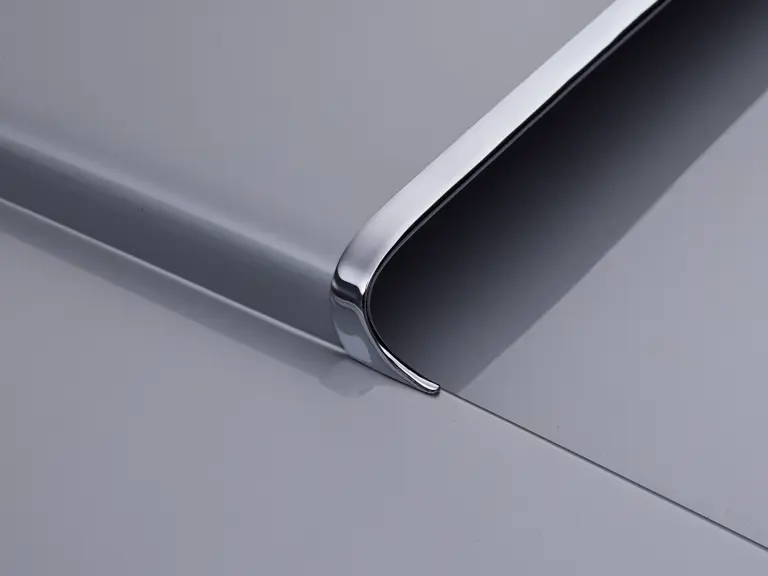
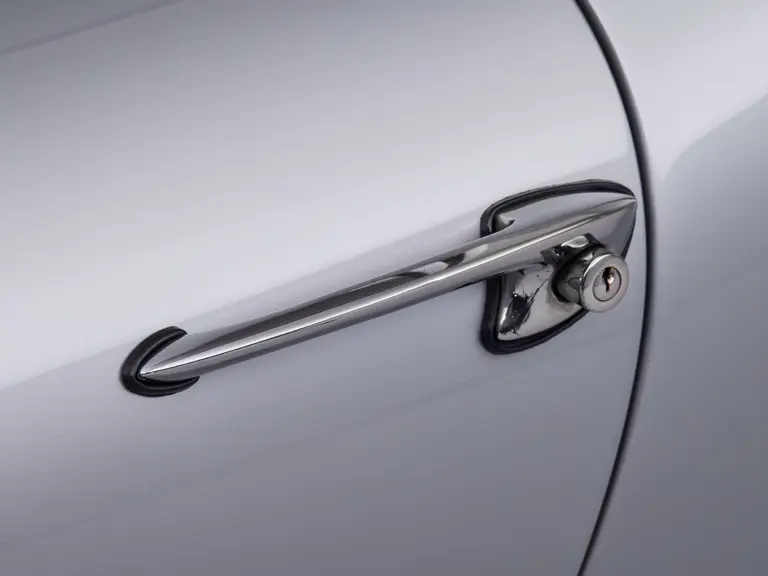
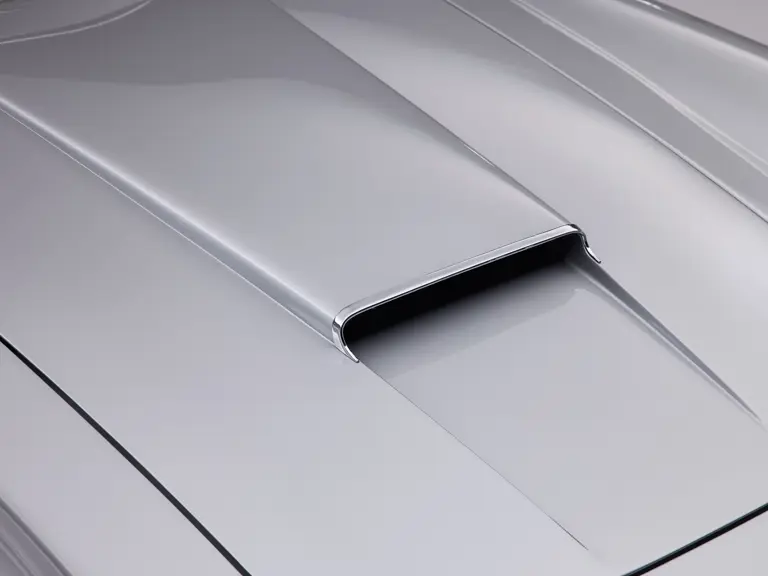
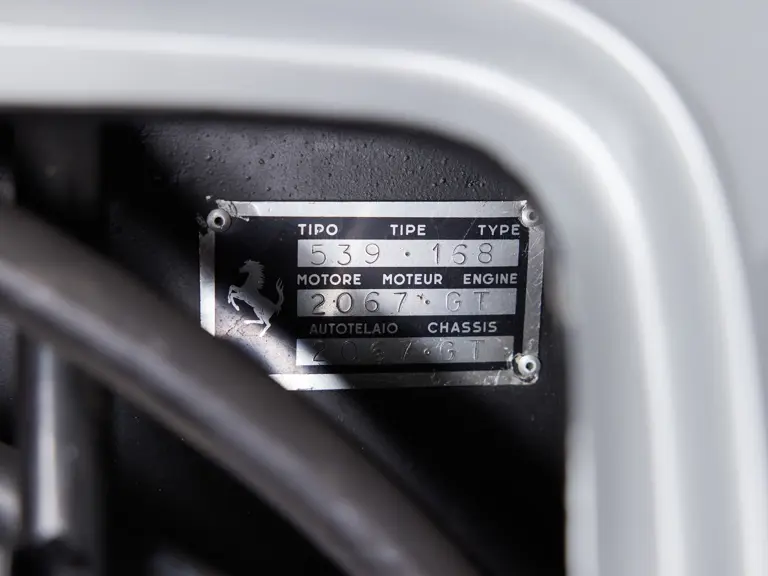



 | Taplow, Berkshire, United Kingdom
| Taplow, Berkshire, United Kingdom
